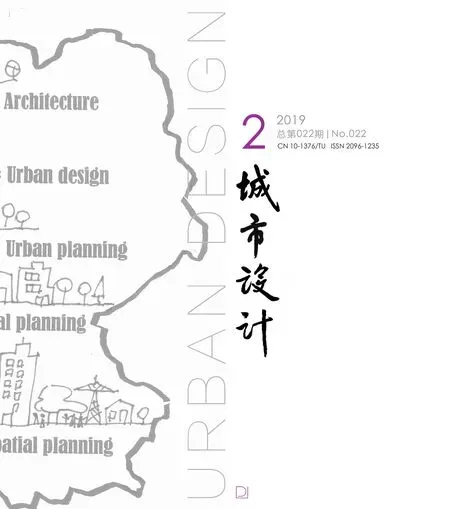超越场所营造
2019-08-08蒂姆斯通纳
蒂姆·斯通纳
场所营造是空间规划与设计的艺术与科学,是为人的活动服务的,不过其方式有不同选择:
由一个主体实施(常常这并不是个好的路径),或由多个主体负责(这经常是个好方法)。
由学者、专家和非专业人士来承担。
然而,超越场所营造是“场所劳作”“场所使用”或“场所行为”。当规划、设计和建造任务完成之后,场所需要得以运营。此时,需要在场所之中注入“神奇之水”,即人们的活动。
实现上述目标的关键是人们之间的交流互通:每天社会经济的交易都发生在人们之间,这不仅维持日常生活,而且带来了创新,影响着文化的形成。
场所行为具有多重维度。在实践之中,我已经看到了7个维度。
第一,创新人们之间的交流,将场所视为“交流机器”,以此来使用场所。场所的首要功能就是为人们的交流和交易创造条件(图1)。
第二,降低交通速度,使得人们更为容易地获得场所感。除了考虑到健康和安全的好处,30km/h的限速是提升场所行为的关键方法(图2)。
第三,避免碎片化以及人们之间彼此隔离带来的风险,这由良好愿望且富有争议的环境主义者创造出来。如果不然,场所的建造将不会促进人们日常性的交易(图3)。
第四,提升功能,考虑单一功能的可塑性,从而避免创造出单一功能用地的场所。这包括两部分:一是任何场所之中发生的活动应该不止一种;二是任何场所都必须适应新功能(图4)。
第五,建立以人为本的主要街道,这将被视为最低标准的场所。在最近的历史之中,以人为本的主要街道一度不是规划实践的一部分,这需要在规划政策和设计方法之中再次重申(图5)。
第六,街道网格很重要。如果以高效的人际交流为目标,那么连续的街道网格是基本的输入机制。如果这样做,平面整合的城市具有连续互通的邻里构成,它们通过以人为本的主要街道而连接起来(图6)。
第七,发展场所的科学理论,场所营造的行业将获得更好的方法工具,以此去理解场所的价值,并制订出政策和方案,从而实现场所的行为。我们越是研究场所(包括它们的街道网络与使用模式),就越能理解它们的价值。空间布局彼此通畅,一般都可提升房地产价值。这就意味着政策的出台和方案的生成需要考虑如何有效地促进人们的行为活动,以此来回报投资。直到场所科学理论得以建构,场所营造才可类比于1610年伽利略的行为,他试图理解月球表面的详细情况,而不再依赖视觉去评判。我们还需要研究空间探秘的新科学,这次先聚焦于场所(图7,图8)。

图1 / Figure 1交流交易空间 / Interaction and transaction space
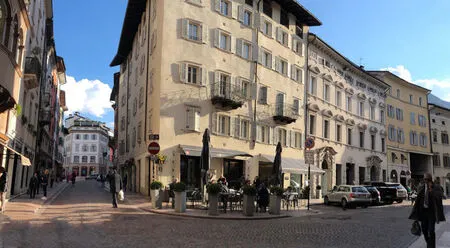
图2 / Figure 2降低交通速度 / Reduce traffic speed

图3 / Figure 3避免碎片化和隔离 / Avoiding fragmentation and separation
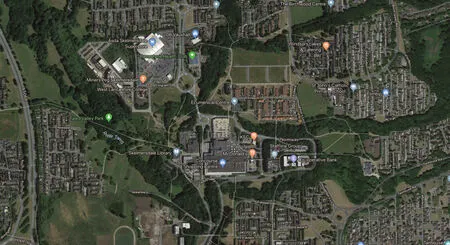
图4 / Figure 4提升功能 / Enhancing functionality
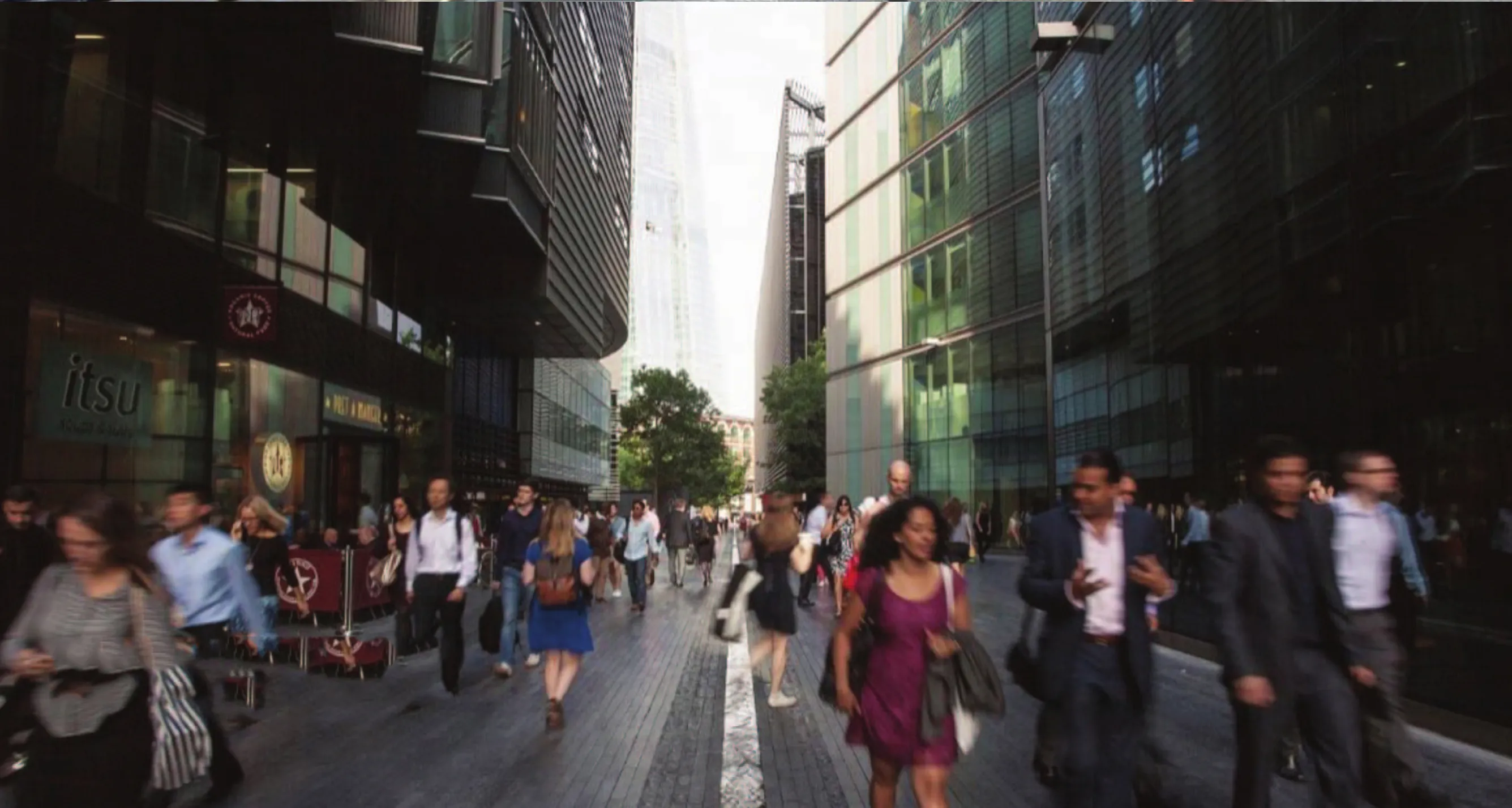
图5 / Figure 5以人为本的街道 / People-centred main streets

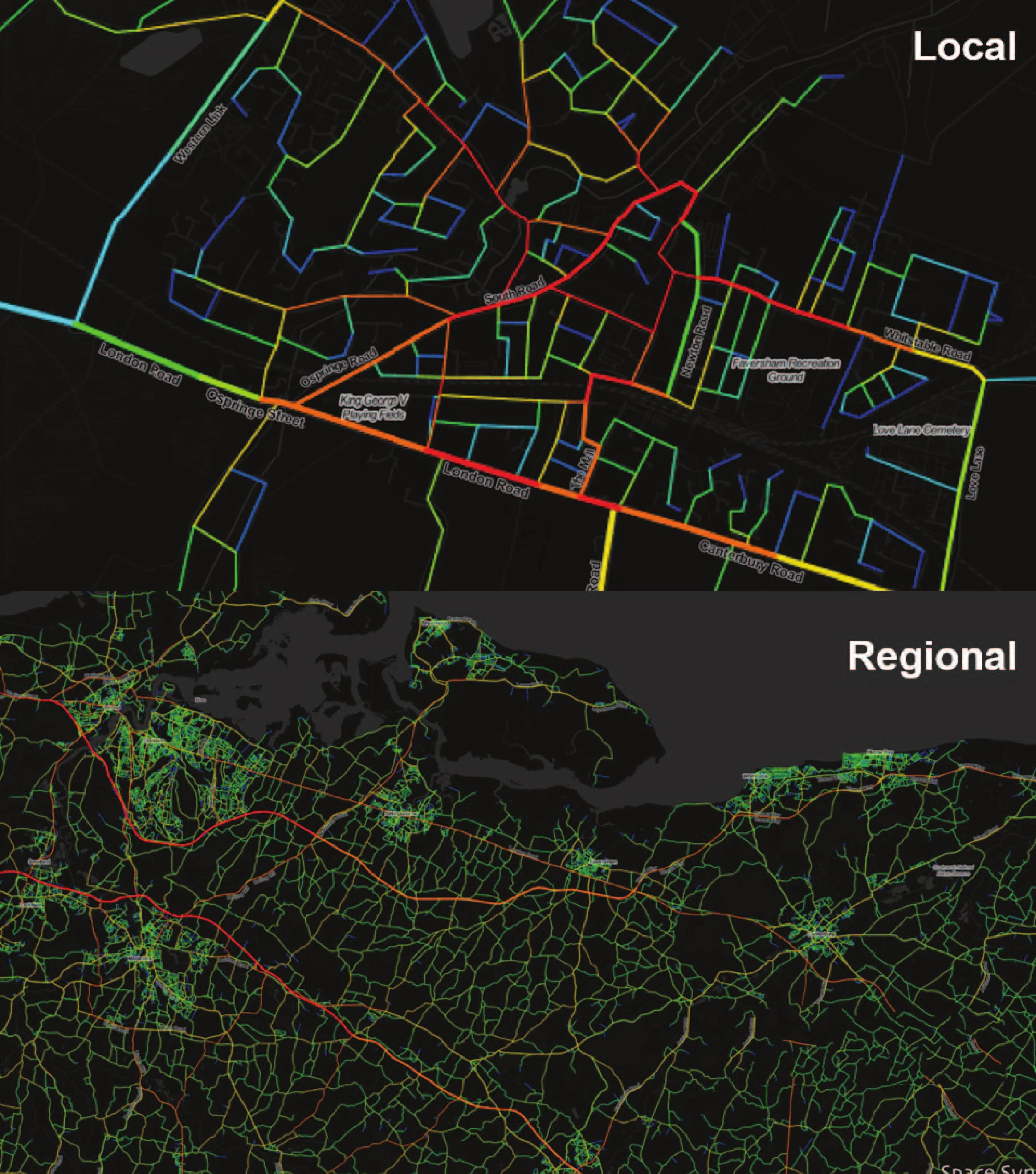
图6 / Figure 6规划街道网格 / Planing grids
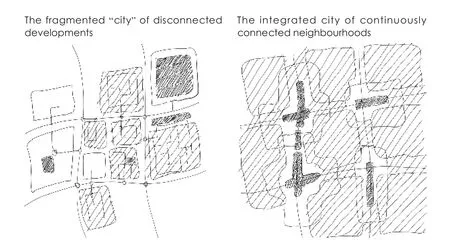
图7 / Figure 7碎片化、联通的城市发展 / The fragmented “city” of disconnected developments and the integrated city of continuously connected neighbourhoods

图8 / Figure 8现状和规划 / Existing and Proposed
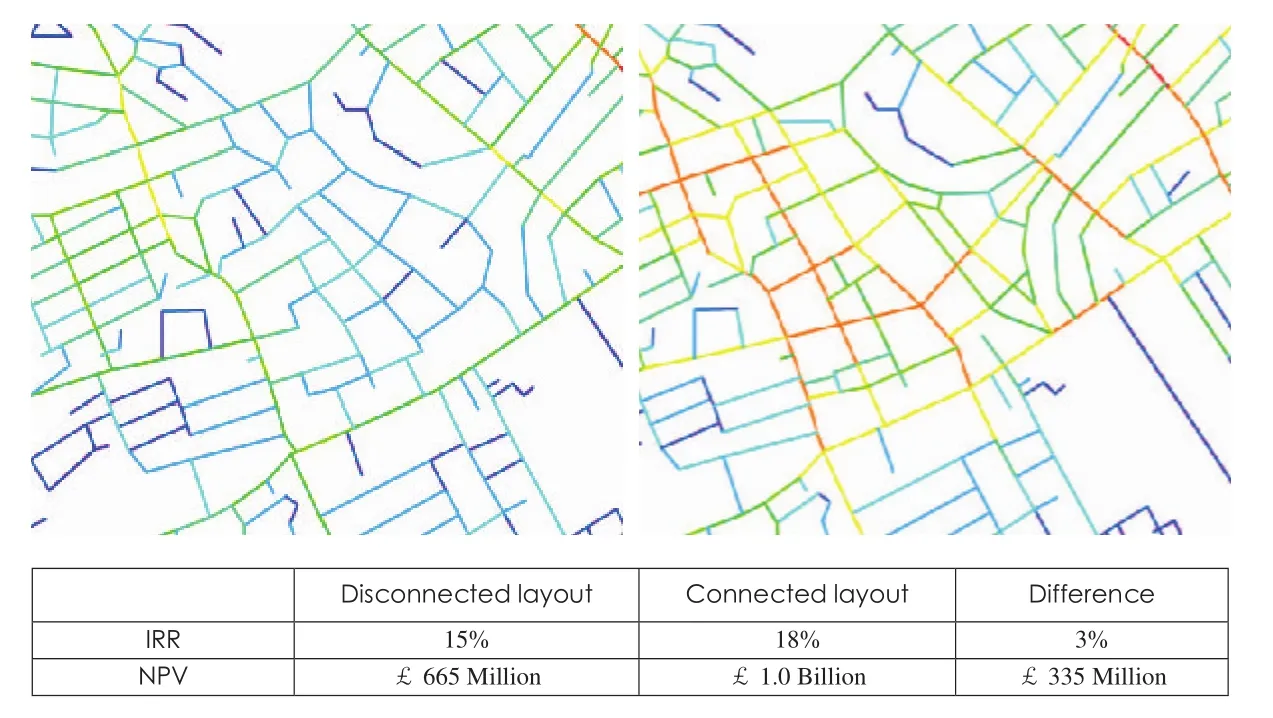
图9 / Figure 9碎片化和联通式布局评价结果 / The score of Disconnected layout and Connected layout

图10 / Figure 10月球表面 / Detailed surface of the Moon
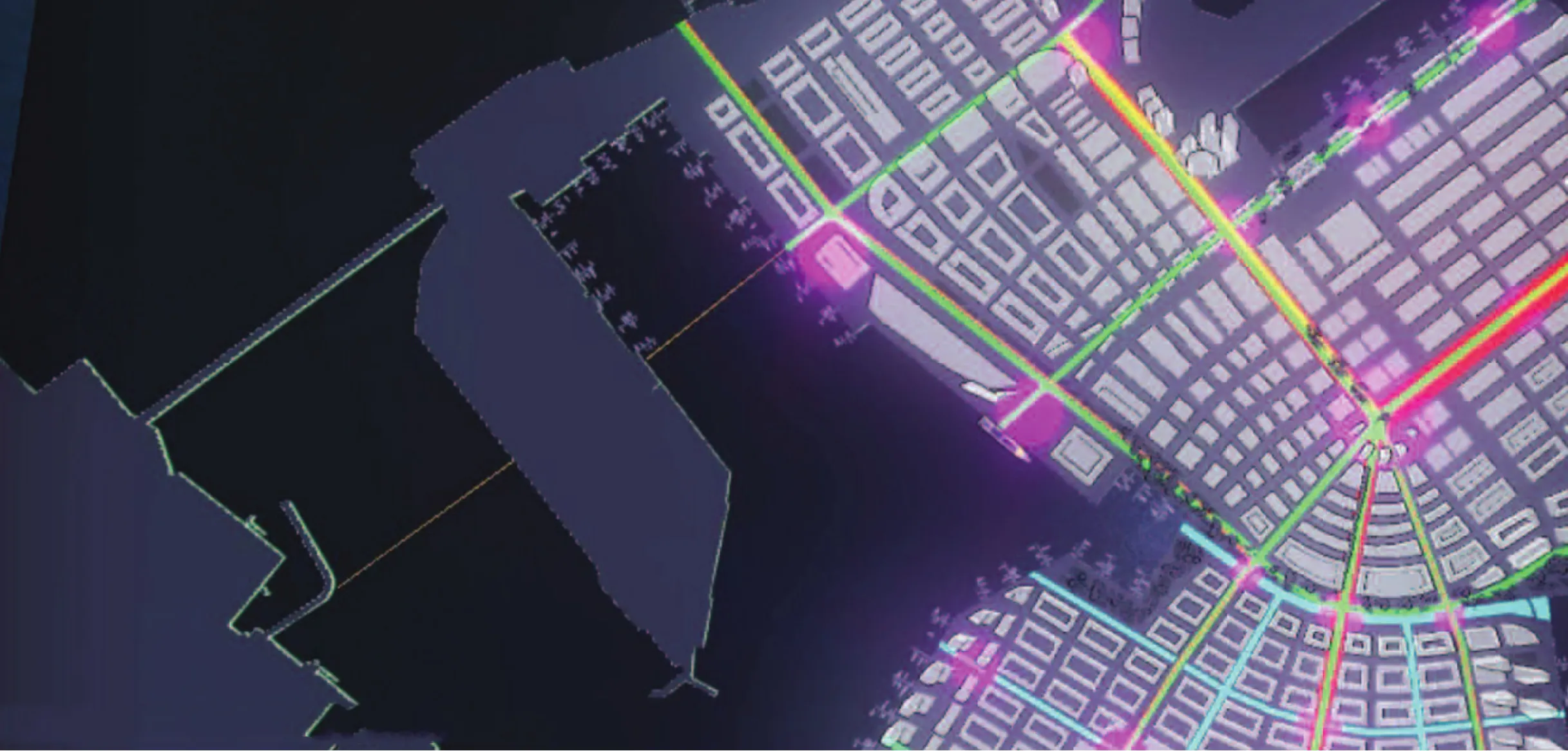
图11 / Figure 11发展科学的场所理论 / Develop a science of place
ORIGINAL TEXT IN ENGLISH
Beyond placemaking
Tim Stonor
Placemaking is the art and science of planning and designing spaces for human activity, however that is done:
-by a single hand (usually not a good approach) or by multiple hands (usually a good approach)
-by academics, professionals and non-professionals.
But beyond placemaking is “place working”, or“place functioning”, or “place performance”: when the planning, design and construction work is finished and the place becomes operational. When it fills with the mysterious liquid called human behaviour, and key to which is human transaction: the everyday social and economic exchanges that take place between people - these transactions not only sustain lives but bring about inventions that shape cultures.
Place Performance has many dimensions. Here are seven that I have seen work in practice:
1.Creating transactions between people, using places as “Transaction machines”. The first function of a place is to create the conditions for human interaction and transaction.
2.Reducing traffic speed and making it easier for people to be in places. Alongside its health and safety benefits, a 30km/h speed limit is a key method to enhance Place Performance.
3.Avoiding fragmentation and the risk of over separation among people, created by well-intended but divisive environmentalism. If not, places will be built where there is little everyday human tranisaction.
4.Enhancing functionality so that, as with single use plastics, we avoid the creation of single use places. This has two parts: first, that there should be more than one activity happening in any place and second, that any place should be adaptable to new uses.
5.Building people-centred main streets as the lowest common denominator of place. The people-centred main street has not been part of urban planning practice in recent history and needs to be reinstated in planning policies as well as in the toolkit of designers.
6.Planing grids because, if effective human transaction is the goal, then the continuously connected grid of streets is the fundamental input mechanism.In so doing, plan integrated cities of continuously connected neighbourhoods, bound together by people-centred main streets.
7.Developing a science of place so that the Placemaking industries are provided with better tools to a) understand the value of place and b) create the policies & plans that will deliver Place Performance. The more we study places- their street networks and their use patterns -the more we understand their value. Connected layouts generally create higher property values.Knowing this means that policies and plans can be presented in terms of how effectively their human performance will deliver a return on investment.Until there is an established science of Place, the Placemaking industries are acting like Galileo in 1610, trying to understand the detailed surface of the Moon with little better than his eyesight. We need a new science of space exploration – focusing this time on place.
